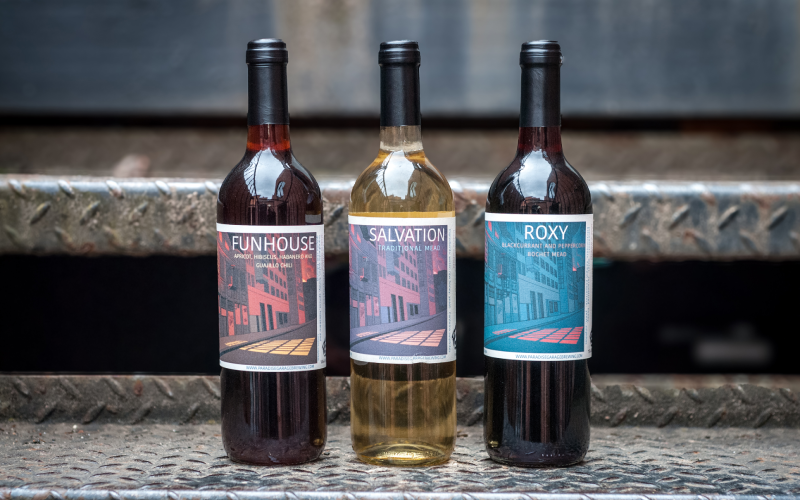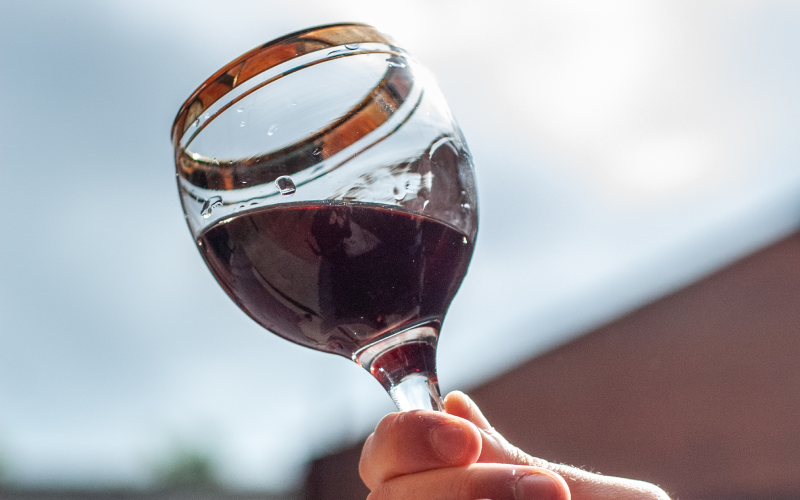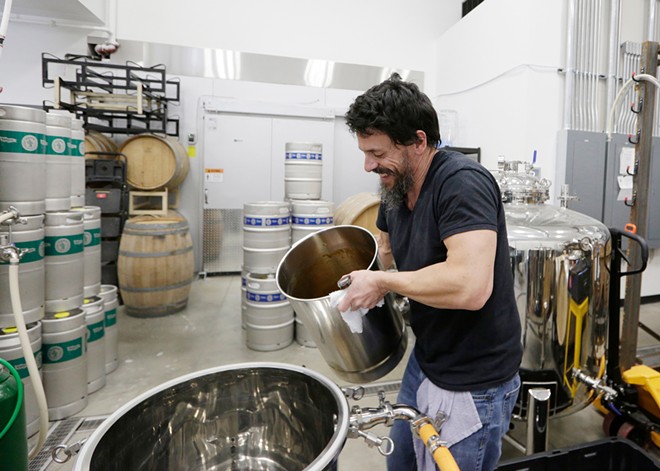From themanual.com
Mead is returning to the scene
There’s a built-in ethos that’s tough to argue with, too. “Secondly, because mead production is optimized to support honey bees and native pollinators – it’s a beverage built with sustainability at its heart,” Kluge continues. “Most consumers today are actively seeking products that align with their values. Mead has the potential to be the world’s most sustainable alcohol – and given how delicious it is, it’s tough to beat the magic of that value proposition!”
There’s a timeliness to it all as well, with bees getting headlines very much lately. Dwindling populations have inspired recovery efforts and a greater sensitivity to the health of these vitally important insects. “Habitat loss, rampant pesticide use, and a warming planet are making things harder for bees all over the world, but thankfully, we now understand these as the drivers for colony collapse disorder, which is responsible for the rapid honeybee population loss of the 2000s,” Kluge adds. “Over 30 states have since passed laws protecting pollinators, and we are now seeing record high honeybee populations in the United States. So that’s very promising. We still have a lot of work to do to protect native pollinators, but if anything, I’d say pollinator population loss puts meaderies in higher demand. Aside from beekeepers and entomologists, meaderies are amazing advocates for our apian friends.”
The process
“One is the lack of understanding of mead from regulators – something the American Association of Meadmakers (AMMA) is helping to address at the federal level,” he says. “In Virginia, we recently formed the Virginia Mead Guild, a state-level trade association to support the flourishing of the mead community here in the Commonwealth.”
There are distribution issues, too, compounded by state shipping laws and the fact that most of the meaderies in the nation are very small. “I’d love for a consumer to be able to walk into their local bottle shop, restaurant, or grocery stores and have a whole slew of quality mead options, not just the one-to-two sweet meads that have been around for ages,” he says.
Sustainability and terroir
For Kluge and the growing brand, it’s about doing better. He cites a study which indicated that the alcohol industry produced some 1.5 gigatons of greenhouse gasses worldwide. That’s the equivalent of 276 million automobiles. “Our mission is to make the world’s most sustainable beverage and to bring balance to the human-nature relationship,” he says. “In some ways, we have an advantage as a new company since we’re starting with a blank slate. If we can design a company that bakes impact into everything we do, why wouldn’t we?”
There’s a learning curve, of course, but that’s to be expected. Thistlerock hopes to keep fine-tuning its sustainability side. The farm is powered by the sun, and electric vehicles are used for transport. “Almost all of our ingredients are sourced from local or nature-supporting producers and social enterprises,” Kluge adds. “We re-invest our profits in supporting at-risk and important biospheres.”
He says shipping glass bottles remains a big issue. “Our bottles are 100% post-consumer recycled glass, but in time, we’d like to eliminate glass altogether in favor of flax or pine resin fiber bottles,” he says. “We are working with what is available in the market today and adjust and improve as often as we can. We are in a constant learning mode, which is why we became the first beverage company to join the Central Virginia Green Business Alliance. We know we don’t have all the answers, so we’re hoping others can join forces with us to build smart, better, nature-first companies.”
Kluge and many others in the industry would love to see an appellation system for honey that celebrates the massive terroir element in play. One could argue that mead is one of the best exemplifiers of terroir, the product of an extensive habitat from a single area.
“To produce one bottle of mead, it takes the equivalent of one to two million pollination stops among local flora,” Kluge says. “Bees are creatures of supreme efficiency. If they have an abundant forage source, as they do on our regeneratively managed flower farm, they are more likely to stay hyper-local and source their nectar close to their hive.”
He says honey is mead’s terroir. “But it’s far richer in data and specificity to a place than terroir is to a region in grape wine,” he adds. “That’s why we say mead is an ecosystem in a glass. If you like the way a mead tastes — particularly a traditional mead that uses only honey, yeast, and water — you’re very likely to love the place the honey comes from.”
How should you enjoy your mead? Kluge suggests starting with seafood. “Heidrun and the Northumberland Honey Company both produce incredible Methode Champenoise meads that go perfectly with oysters,” he says. “Our Estate Reserve, which we age in rye barrels for 12 months, tends to go well with a scotch egg or sticky toffee puddings. If you prefer beer, you will like braggart mead (carbonated mead fermented with grains and hops). Whatever type of drinker you are, I guarantee you there is a mead out there you will love, so try many and try them frequently!”
https://www.themanual.com/food-and-drink/is-it-meads-time-to-shine/










